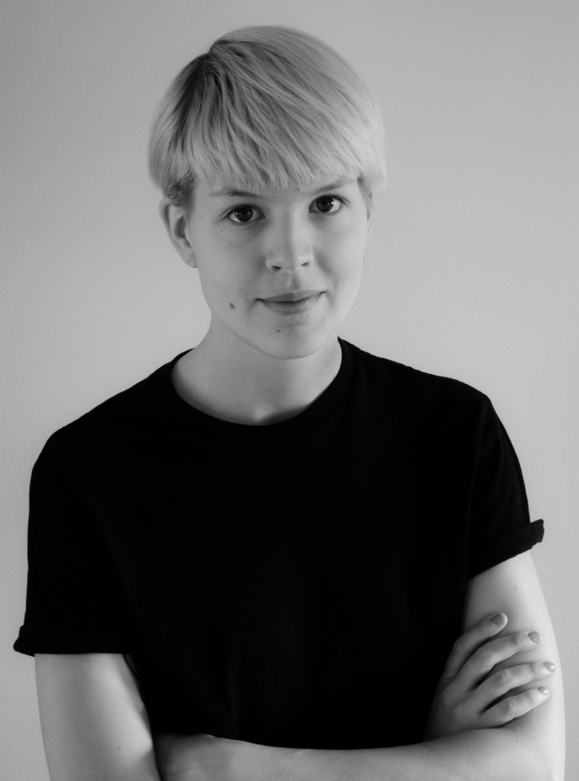Not many people think of the word ‘technology’ when they hear the word ‘pottery’, but technological development is paving the way for thrilling options and new methods when working with the old material. Meet the designer, Hilda Nilsson. In her final project she explored new methods of craftsmanship by combining clay with 3D printing.
What is your final project about?
In my final project I worked with 3D-printed ceramics ‘Synergy’. It is a fairly new and unexplored technique, so I examined how it can be used in ceramic design and craftsmanship. By interacting with the 3D printer and manipulating its pattern of movement and the amount of clay that comes out of the nozzle, I created a unique texture and idiom in the pottery. I then used the texture and the idiom on surfaces and objects in a spatial context. I wanted my project to illustrate the potential of combining 3D print and ceramics, presenting this in shapes, which move in the sphere between design objects and architectural building elements.
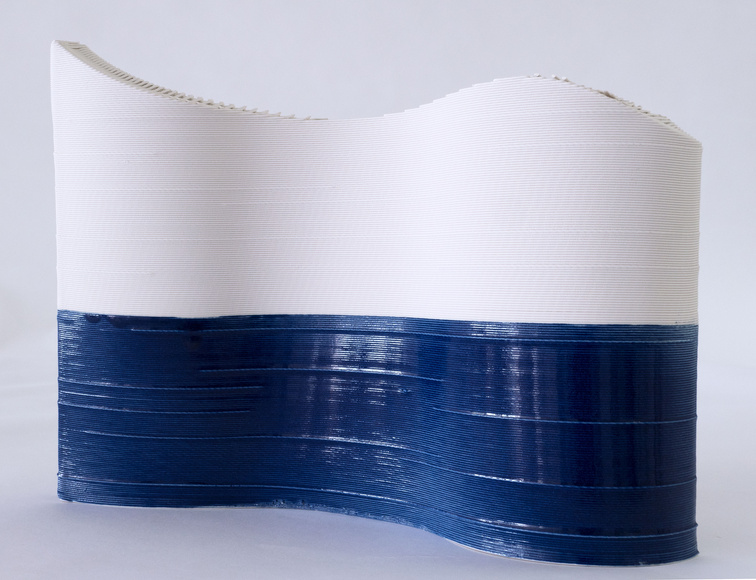
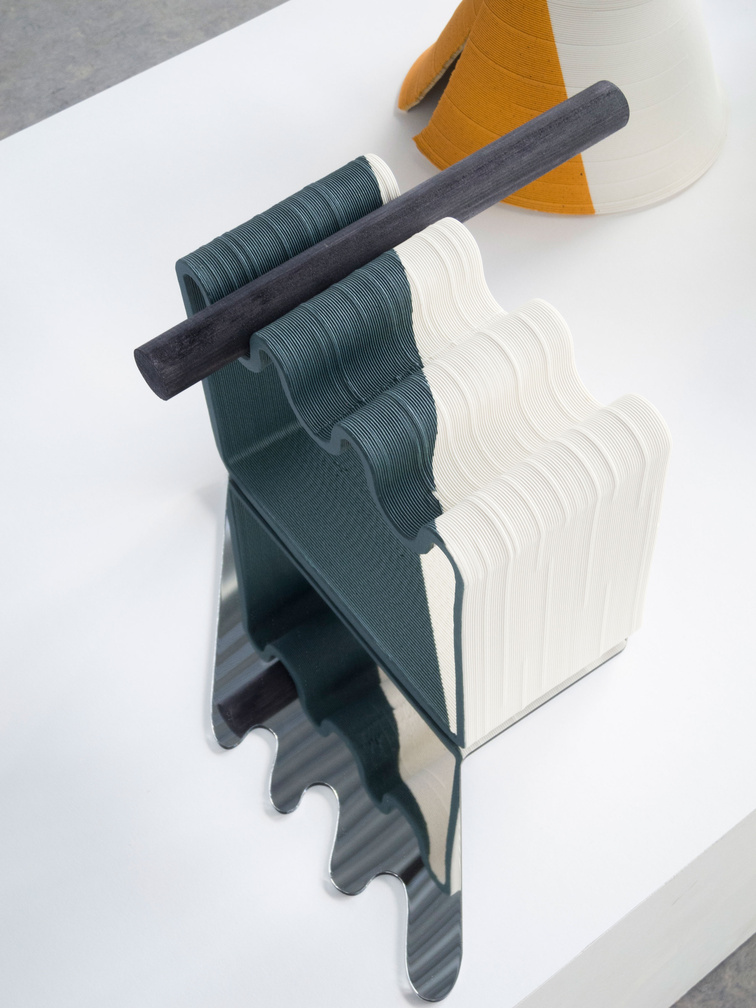
What was your motivation for this project in particular?
I was motivated by all the options that 3D-printed pottery contains. 3D printing technology makes it possible to work with totally unique shapes and objects every time you print without breaking up production – something that traditional ceramic production methods do not provide in the same way. Throughout just about my entire postgraduate course I worked with 3D-printed ceramics, but this was the first time I had an opportunity to work on a large scale. I am totally fascinated by the technology and I think it is fascinating to help explore what it is capable of, when it comes to pottery. With so many new digital technologies available, sometimes you have to remind yourself that designers and craftsmen still have an opportunity to be involved in the work process. Craftsmanship or a personal touch do not have to disappear just because a machine is involved. In my work with 3D-printed pottery, the constant involvement and interaction with the machine really keep me going. The pottery and the material qualities, rather than the technology, must control the work.
In what way does your project contribute something new to the area/subject you have been working on?
As I mentioned before, 3D-printed pottery is a pretty new and unexplored field. Just in the space of the past 5 years so much has happened. But my way of working with a 3D printer, where constantly making my mark on the results, paves the way for the machine to serve as a tool, both in the actual craft and in the production of one-off design objects.
Where do you imagine your degree project will make a difference?
I hope that my final project can help inspire both designers and architects to use pottery in a new way.
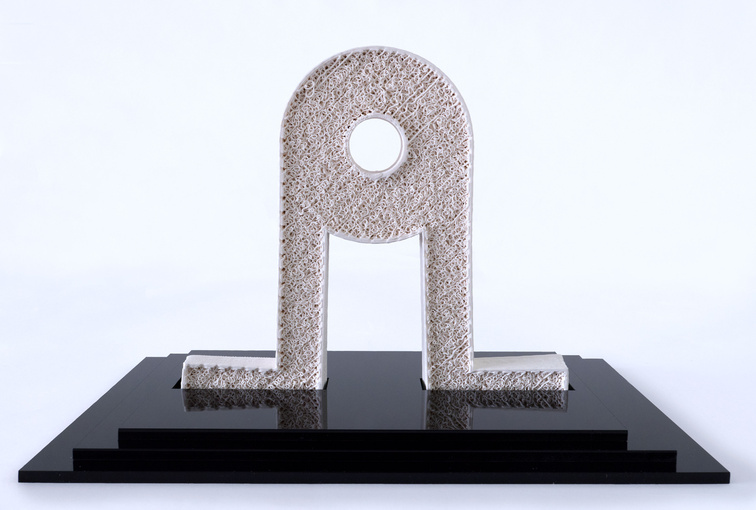
What methods did you use when working on your project?
At the start of the project the technical aspect consumed a lot of time: the installation of the 3D printer and then getting it to do what I wanted it to. The rest of the time was spent mapping out the options of a 3D printer and pottery. I worked using various sizes of nozzle, manipulated air pressure, changed the speed of the printer and the amount of material that came out of the nozzle etc. First I conducted tests on porcelain and then worked on a larger scale.
What are the most enjoyable and the most difficult aspects of designing the way you do?
The most enjoyable aspect is also the most difficult: combining pottery and technology. Sometimes there is a lot of trial and error when working with a material such as pottery that has to be controlled by a machine. Occasionally there are long days of working with computers and machines, whereas as a potter I am probably more used to getting my hands into the material. So sometimes I ask myself: ‘Why on earth are you doing this?’ But I simply can’t stop! The results are just too fascinating.
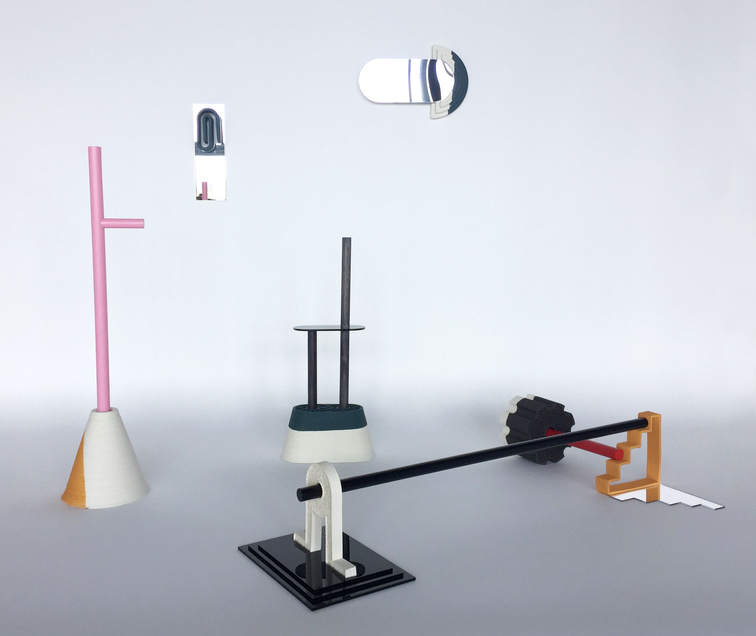
Can you see any development/employment opportunities in your degree project?
I hope to do some research into 3D-printed pottery and would like to look into how it can be used in architecture. I would like to continue working on how to modify what the printer does and still keep the ceramic qualities going.
What do you think is your greatest strength as a KADK Architecture/Design graduate?
I have learned a lot about working with a design process, and to work with focus and drive. Of course, I have also acquired a huge amount of technical and practical knowledge about 3D printing and many other digital tools, which I can utilise in my work as a potter.
Where do you see yourself career-wise in five years’ time?
In five years’ time I will hopefully be in the process of doing a PhD. I will have my own company and work on my own designs, also collaborating with architects to develop the use of ceramics in architecture.


